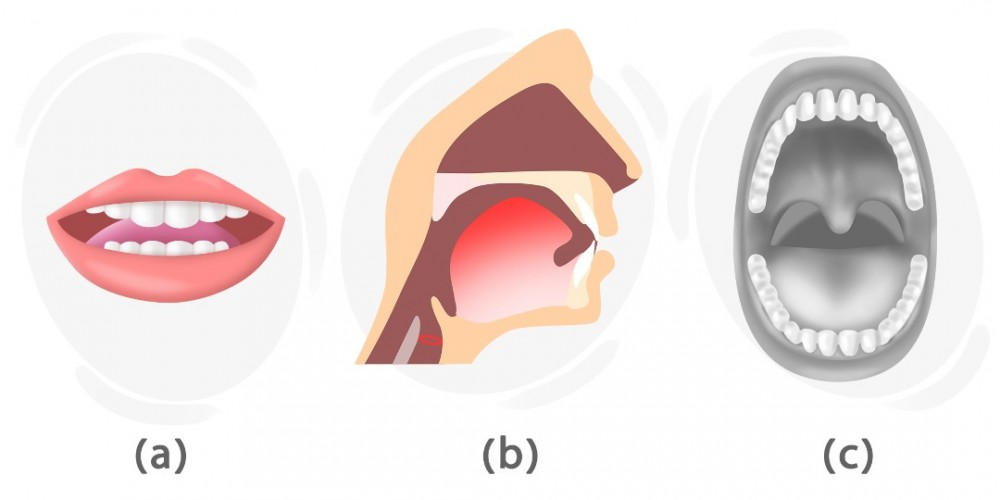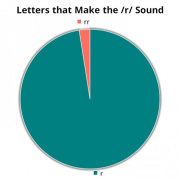How to Pronounce the /r/ Sound

In this lesson, we are going to focus on how we can produce the /r/ sound using the appropriate articulatory organs.
What Type of Sound Is /r/?
/r/ is a consonant sound in the English language.
How to Produce /r/?


As you can see in picture (b), the tongue plays an important role in the production of this sound. In order to produce this sound, we raise the middle part of the tongue. So, it is directed upwards, but it does not make contact anywhere in the mouth. The tip of the tongue is pointing towards the front and is lower than the middle part of it. The uvula has blocked the air passing to the nose. As you can see, the circle in the throat is red which signifies that we must vibrate our vocal cords. It is voiced, then.
As you can see in picture (a), the lips and the teeth are parted. Although the tongue is directed upwards, it does not stop the airflow. So, the air comes out of the mouth.
In picture (c), you can see clearly that the tongue does not touch anywhere in the mouth.
Which Letters are Pronounced as /r/?
The sound /r/ is represented by the following letters:


r:
park /pɑrk/
garden /ˈɡɑrdən/
around /əˈraʊnd/
rr:
sorry /ˈsɑri/
carry /ˈkær.i/
sorrow /ˈsɑr.oʊ/
/r/ Sound in the Most Common World Languages
Below is a table of the /r/ sound in the most common spoken languages around the globe:
Existence | Example | |
|---|---|---|
Mandarin | x | - |
Spanish¹ | ✔ | brío |
Hindi¹ | ✔ | राम |
Bengali | ✔ | আবার |
Portuguese¹ | ✔ | caro |
Russian¹ | ✔ | раз |
Japanese¹ | ✔ | ラーメン |
Vietnamese² | ✔ | ra |
Turkish | ✔ | artık |
French | x | - |
German | x | - |
Italian¹ | ✔ | Roma |
Persian | ✔ | فارسی |
Standard Arabic¹ | ✔ | رائع |
Korean¹ | ✔ | 얼음 |
Indonesian¹ | ✔ | raja |
Filipino² | ✔ | kard |
Hungarian¹ | ✔ | ró |
Dutch | x | - |
Polish¹ | ✔ | różowy |
Romanian | ✔ | rac |
Swedish | ✔ | starkast |
Czech¹ | ✔ | robot |
Greek | ✔ | μέρα |
Ukrainian¹ | ✔ | лі́кар |
Urdu | ✔ | رس |
¹ The sound is similar, but it is not identical.
² The sound is regional or non-native.
Listening
Below, there is an audio file that helps you learn the proper pronunciation of the /r/ sound:
Comments
(0)